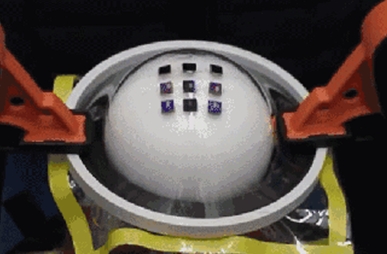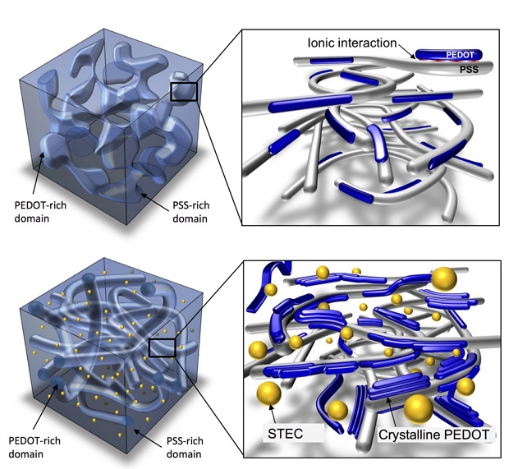The brain tissue is very soft, and the circuit equipment and components are rigid and hard. Can they be combined?

Of course, if there is material that has both sensitive and flexible properties, it will break this rigid shackle and promote the development of "intelligence". At the same time, it provides treatment for neuroscientists for brain problems. The team of Bao Zhenan found a method—use PEDOT:PSS (poly(3,4-ethylenedioxythiophene):poly(styrenesulfonate)), supplemented with additives to achieve electrode and brain nerve compatibility.
As early as 2015, the research team has developed a new type of "artificial skin" that responds to pressure changes and sends signals to nerve cells by integrating carbon nanotubes, organic electronic materials, and light-controlled gene technology to sense external stimuli. It recognizes the tactile signal, simulates the excellent flexibility of the human skin, stretches, and transmits the sensory information to the "brain" to realize human-machine communication and feedback.
This time, they used ultra-flexible electrodes printed by new polymers [1]. The transparent "electronic skin" patch made with the flexible electrode not only fits well with human skin, monitor a variety of life indicators, it is also compatible with soft, sensitive nerves in the brain.

The researchers first selected a material with basic properties that combines high electrical conductivity and biocompatibility for safe contact and compatibility with the human body——PEDOT, which is a widely used conductive polymer material because of high conductivity, good stability, large visible light transmittance and other excellent features. Due to the very poor solubility of PEDOT in water, polystyrene sulfonate (PSS) is introduced to improve its solubility. PEDOT:PSS has been used in various applications such as a hole transport layer for solar cells, thermoelectric devices, and transparent electrodes.

The polymer film exhibit conductivity better than PEDOT:PSS (CAS 155090-83-8), with over 3100S/cm under 0% strain and over 4100S/cm under 100% strain. The combination of excellent electrical and mechanical properties allowed it to serve as interconnects for field-effect transistor arrays with a device density that is five times higher than typical lithographically patterned wavy interconnects.
This flexible electrode opens up many new and exciting possibilities for brain-computer interface research and other implantable electronics, provides seamless connection between rigid physical electrodes and flexible human electrodes.
References
[1] Yue Wang, Chenxin Zhu, Raphael Pfattner, et al. A highly stretchable, transparent, and conductive polymer. Science Advances 2017, 3, e1602076.
Copyright © Suzhou Yacoo Science Co., Ltd. All Rights Reserved
Friendly Links :
online service